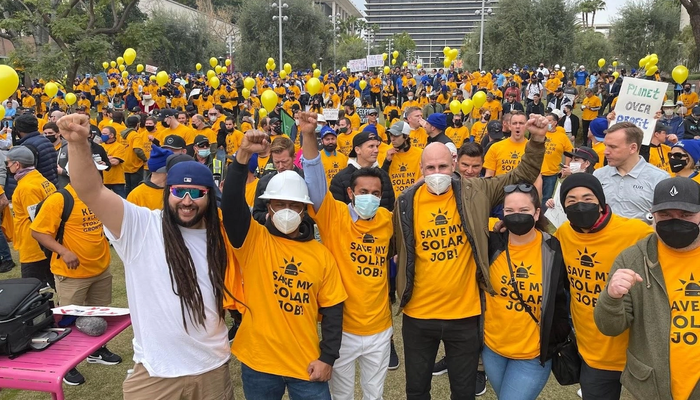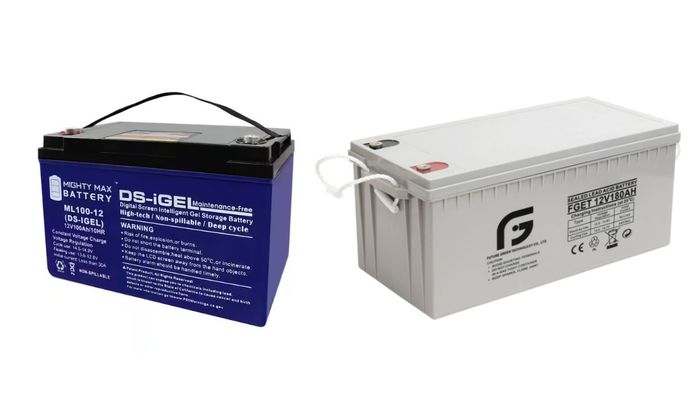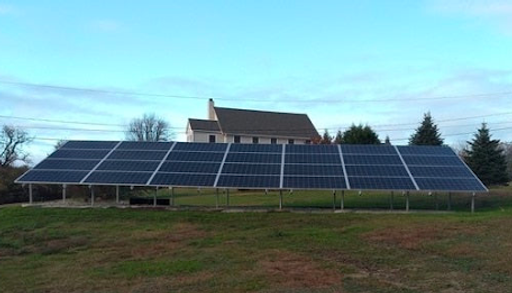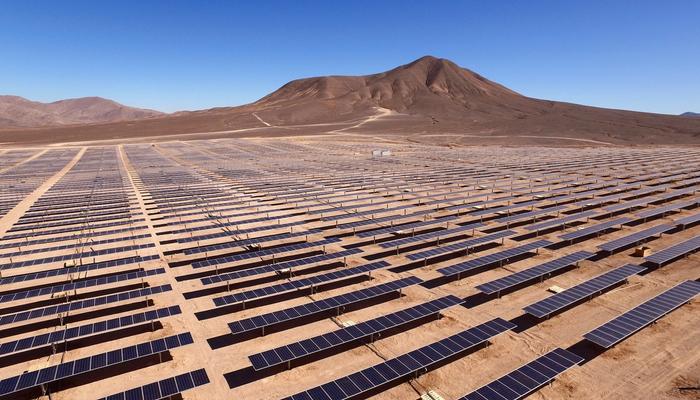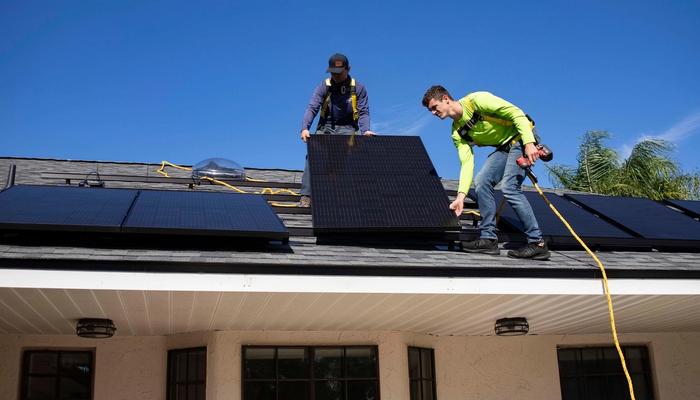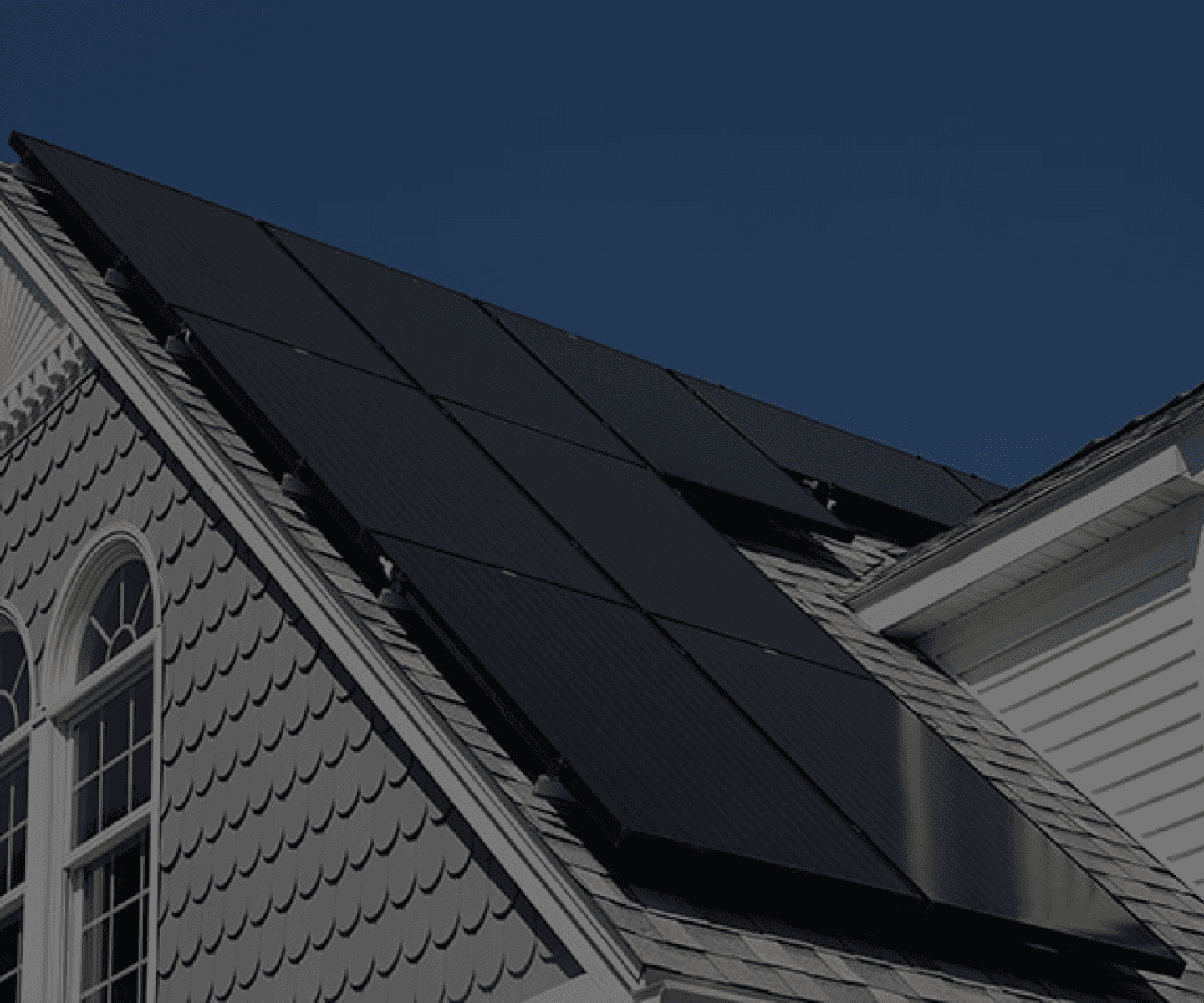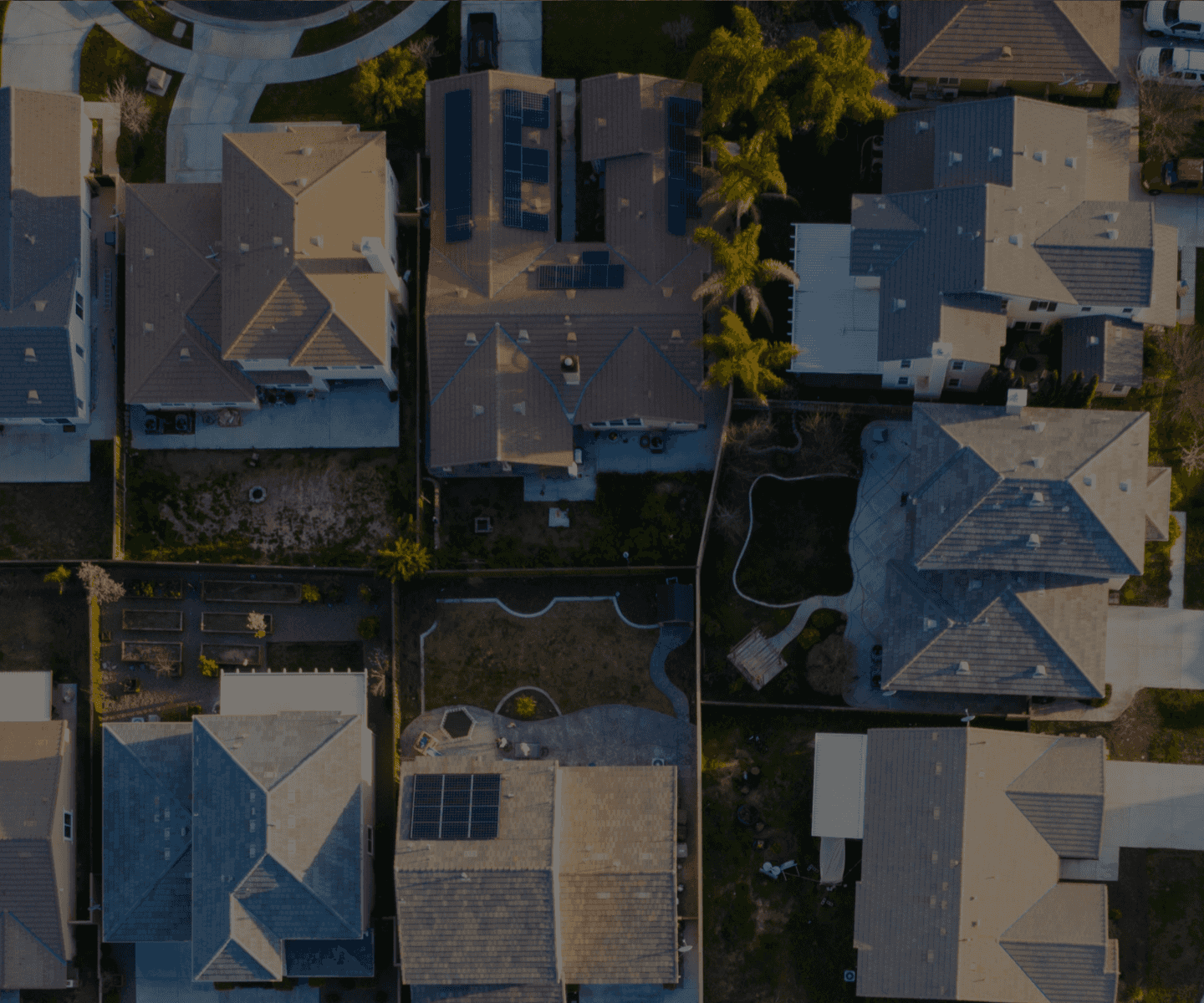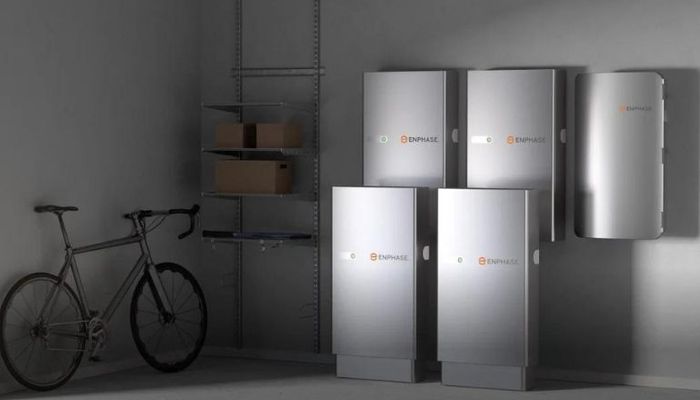
Solar and Batteries Made Simple: A Quick Guide to Sizing Your Solar and Battery System
/
A step-by-step formula to help you figure out the right number of solar panels and batteries you will need for your solar and battery storage project.
Read Article »

